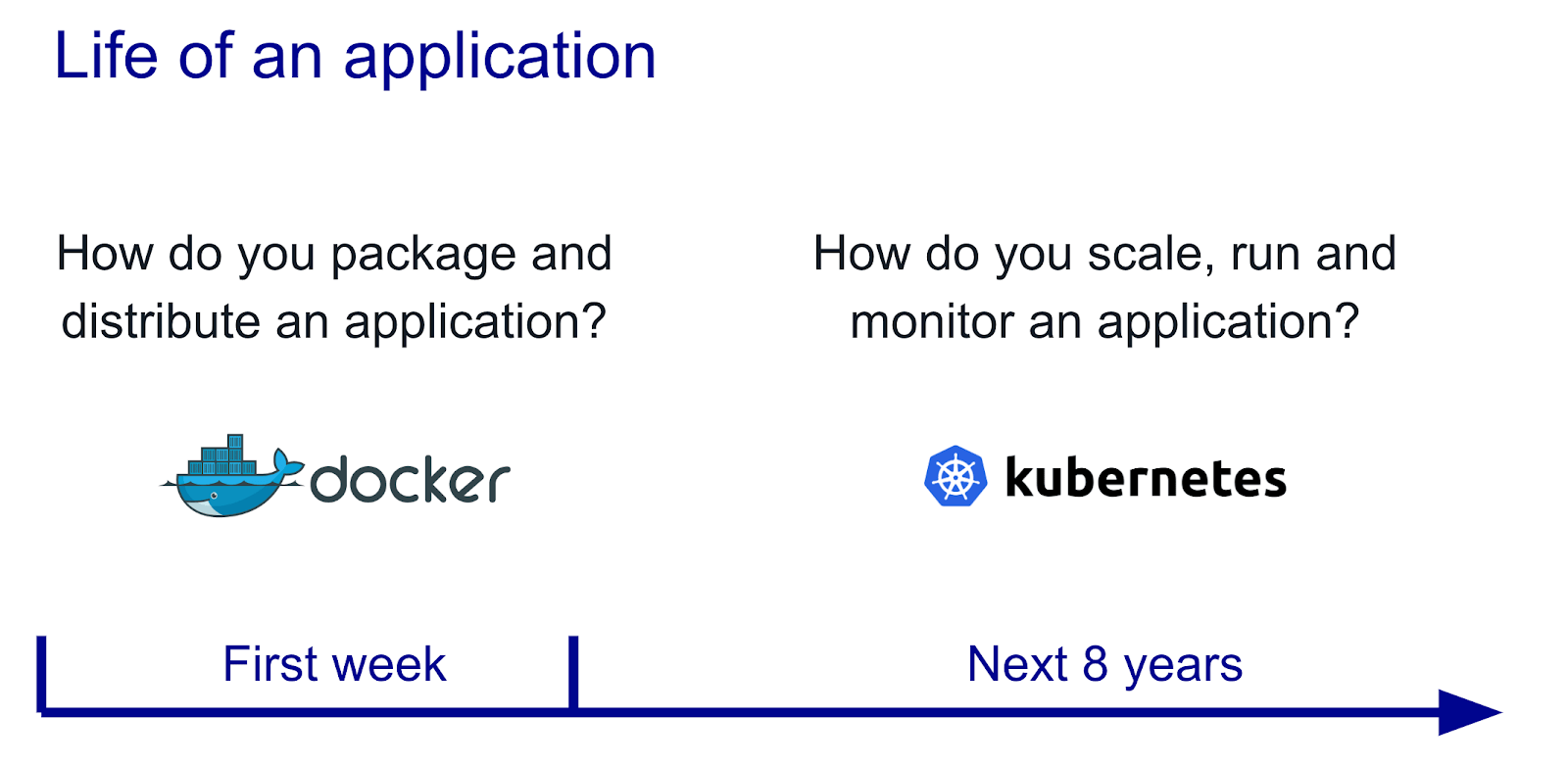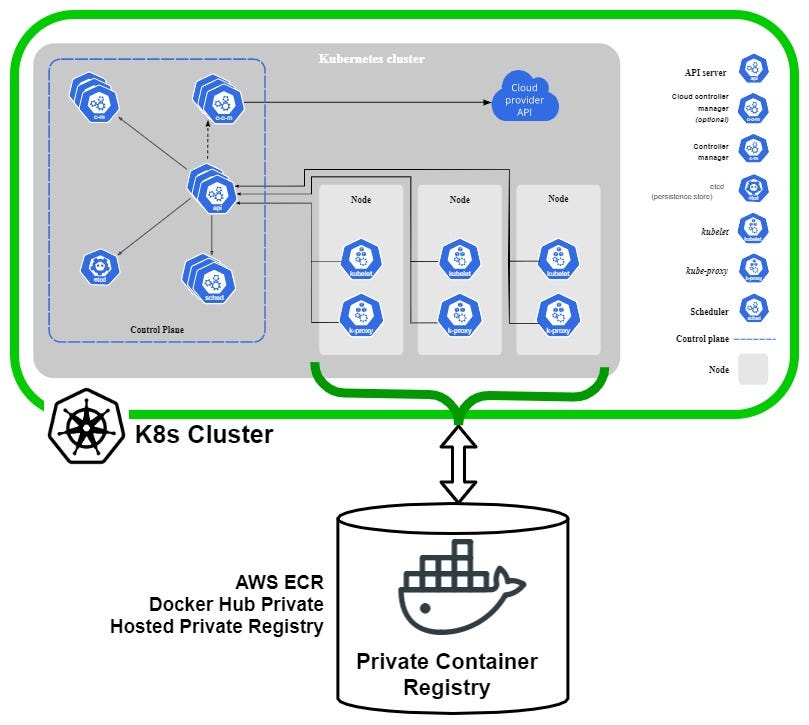What is a Dockerfile?
A Dockerfile is a text file containing a set of instructions to build a Docker image. It acts as a blueprint for creating containerized applications, specifying the base image, environment configurations, dependencies, and commands to run. Dockerfiles are fundamental to Docker’s functionality, allowing developers to create consistent and portable container images for their applications.
How Does a Dockerfile Work?
A Dockerfile consists of a series of instructions written in a specific syntax. Each instruction performs a specific action, such as setting an environment variable, copying files, or installing software packages. When the Dockerfile is processed by the docker build command, Docker creates an image by executing each instruction in sequence. The resulting image can then be used to run containers with the same configurations as defined in the Dockerfile.
Why is a Dockerfile Important?
A Dockerfile is essential for automating the creation of Docker images, ensuring that environments are consistent across development, testing, and production stages. By defining application dependencies and configurations in a declarative manner, Dockerfiles simplify the process of creating and managing containerized applications, reducing manual intervention and errors.
Key Instructions in a Dockerfile
- FROM: Specifies the base image for building the new image (e.g.,
FROM ubuntu:20.04). - RUN: Executes a command during the build process (e.g., installing software packages).
- CMD: Specifies the default command to run when a container starts.
- COPY: Copies files or directories from the host to the image.
- WORKDIR: Sets the working directory for subsequent instructions.
- EXPOSE: Indicates the network ports that the container will use.
Benefits of a Dockerfile
- Automation: Automates the process of building container images with defined configurations.
- Consistency: Ensures uniform environments across development, testing, and production stages.
- Portability: Simplifies application deployment by creating portable images that run consistently across different systems.
- Version Control: Enables tracking of image configurations through version-controlled Dockerfiles.
Use Cases for Dockerfile
- Custom Application Images: Build images tailored to specific applications or environments.
- CI/CD Pipelines: Automate image creation and deployment in continuous integration and delivery workflows.
- Dependency Management: Package application dependencies into a single, portable container image.
- Cloud Deployments: Create images optimized for deployment in cloud-native environments.
Summary
A Dockerfile is a critical tool for building Docker images, enabling developers to automate the creation of consistent, portable, and reproducible containerized applications. By specifying application configurations and dependencies in a declarative format, Dockerfiles streamline container management and deployment workflows in modern software development environments.



